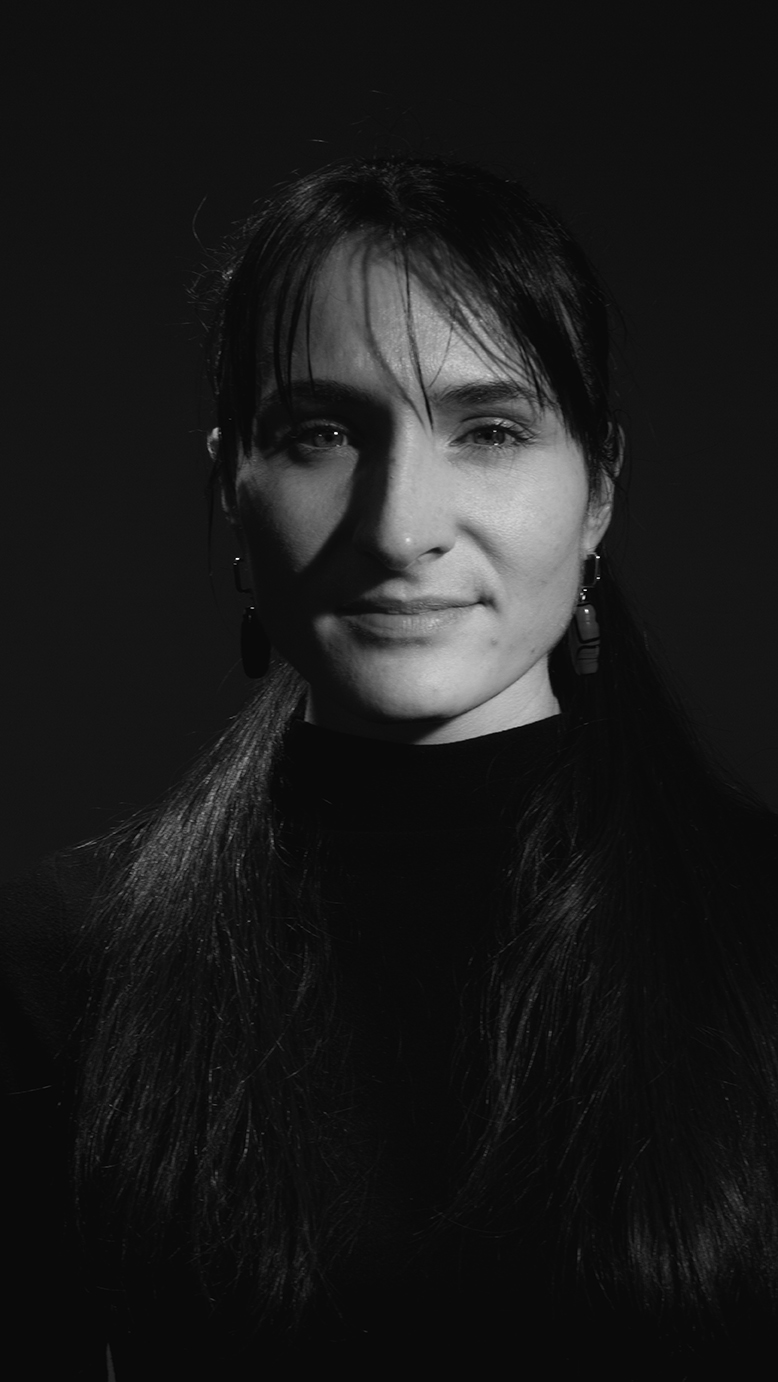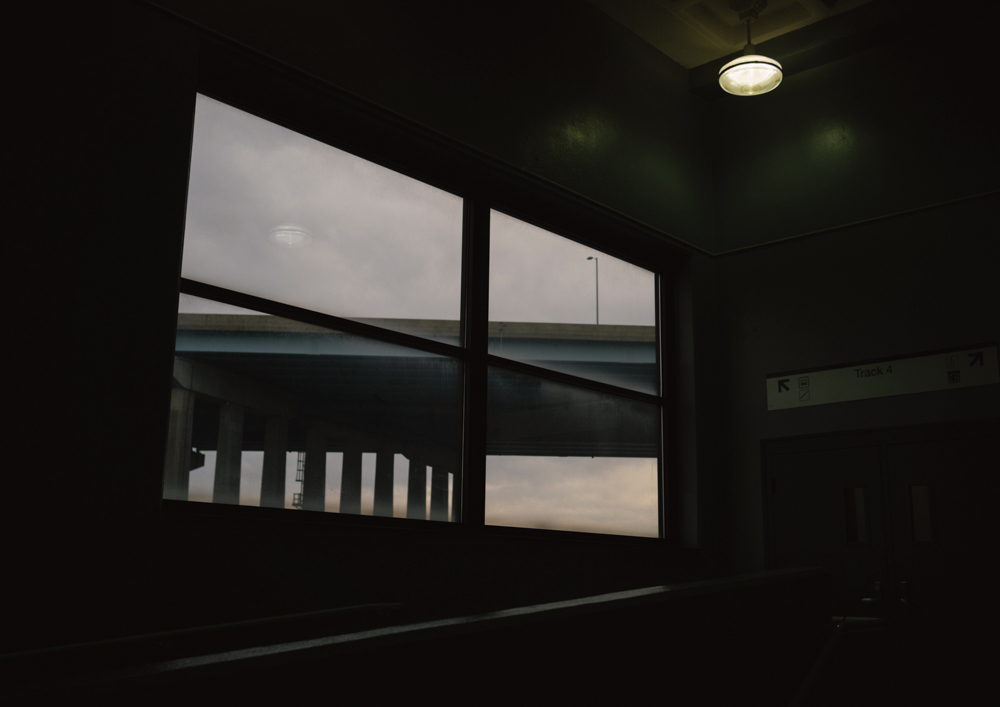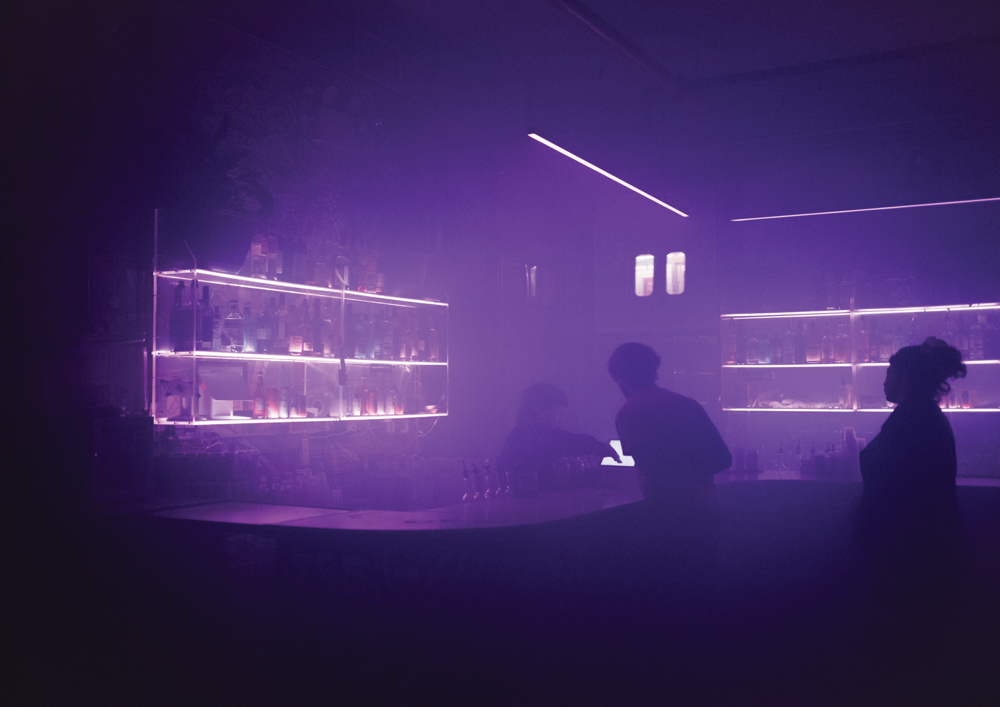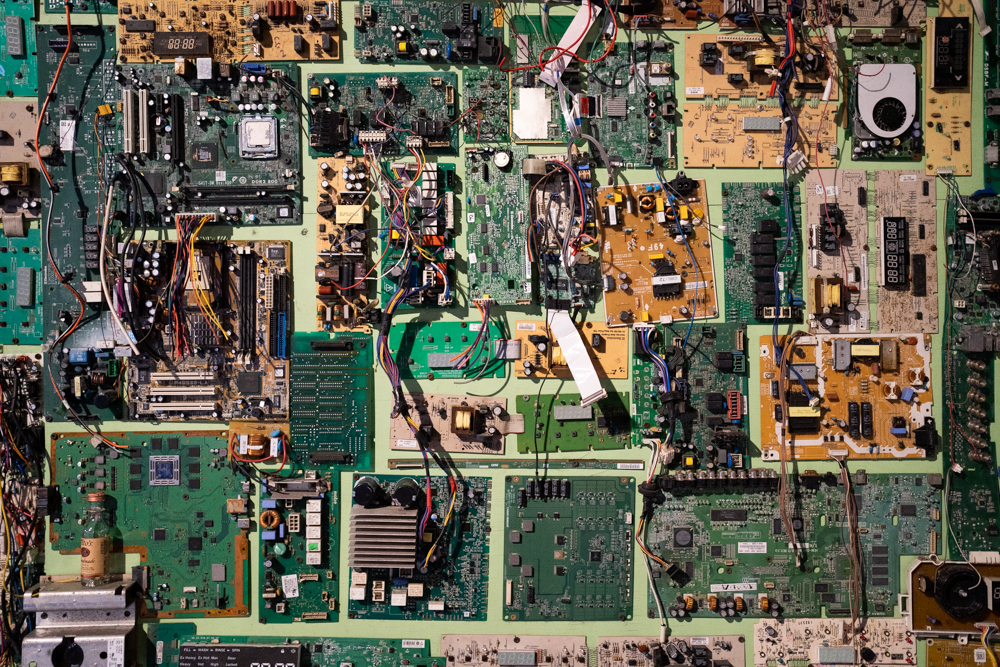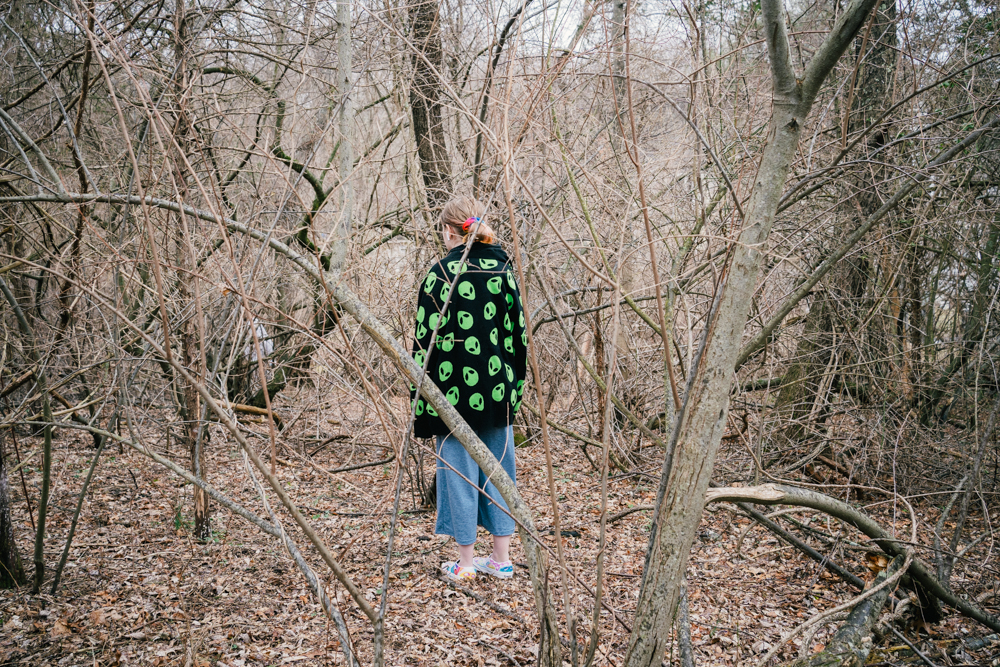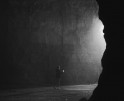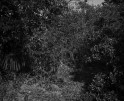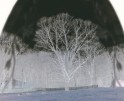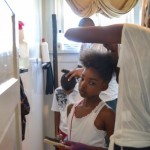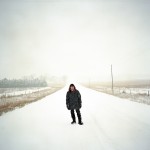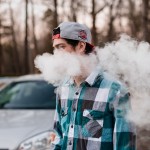The 2023 Lenscratch Student Prize Honorable Mention Winner: Paola Chapdelaine
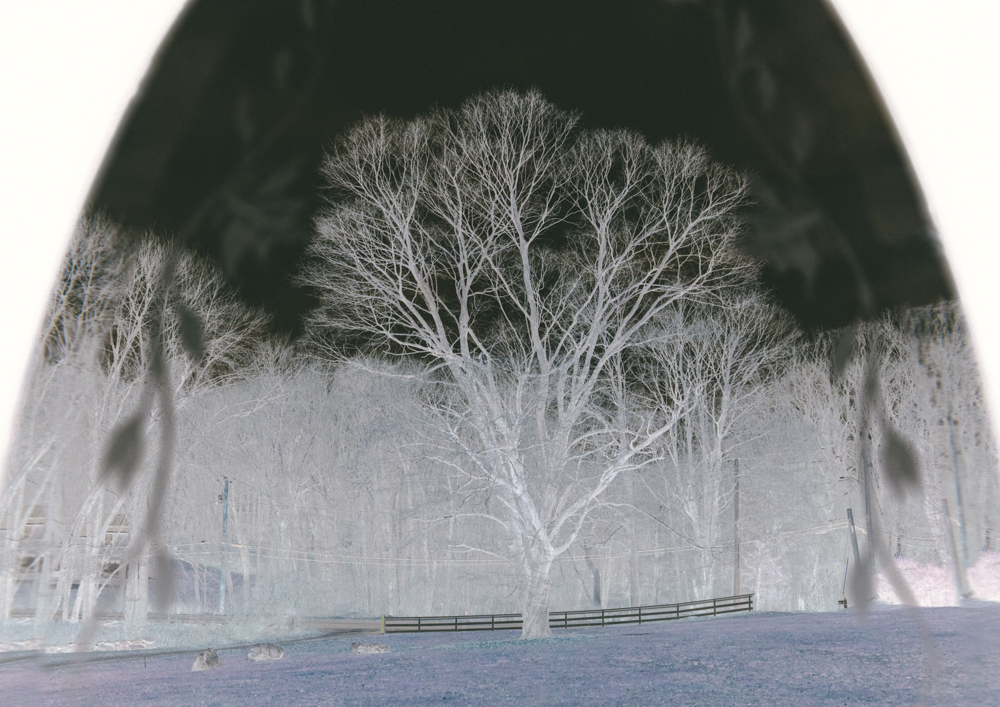
©Paola Chapdelaine, The large tree of Silent’s front yard, seen from inside her house. Living in a small town in Connecticut, Silent’s main way of socializing is through VR Chat. Daily, she experiences immediate jumps between her quiet life in a rural landscape, and her buoyant virtual life.
It is with pleasure that the jurors announce the 2023 Lenscratch Student Prize Honorable Mention Winner, Paola Chapdelaine. Chapdelaine was selected for her project, Silent Radar, and recently graduated from the International Center of Photography, Documentary Practice & Visual Journalism program. The Honorable Mention Winner receives: $250 Cash Award and a Lenscratch t-shirt and tote.
Through Paola Chapdelaine’s series Silent Radar, we briefly enter the lives of two of her friends. These friends, Silent and Radar, have found the VRChat platform world a place where acceptance and collaboration thrive.
Finding the world outside of virtual reality to be an inhospitable place where income inequality and bias limit the possibilities of life, both Silent and Radar experience a world where they can be themselves and escape limitations—a world where they have agency and community.
Though they remain somewhat anonymous to us, Silent and Radar are also a part of us. All of us. Seeking connection, belonging, and meaning in life are fundamental goals. We all find these essentials in different ways. Chapdelaine’s keen eye on her subjects allows us to see and hopefully understand a community unknown to many. A community held dear to those belonging to it.
 An enormous thank you to our jurors: Aline Smithson, Founder and Editor-in-Chief of Lenscratch, Educator and Artist, Daniel George, Submissions Editor of Lenscratch, Educator and Artist, Linda Alterwitz, Art + Science Editor of Lenscratch and Artist, Kellye Eisworth, Managing Editor of Lenscratch, Educator and Artist, Alexa Dilworth, publishing director, senior editor, and awards director at the Center for Documentary Studies (CDS) at Duke University, Kris Graves, Director of Kris Graves Projects, photographer and publisher based in New York and London, Elizabeth Cheng Krist, Former Senior Photo Editor with National Geographic magazine and founding member of the Visual Thinking Collective, Hamidah Glasgow, Director of the Center for Fine Art Photography, Fort Collins, CO, Yorgos Efthymiadis, Artist and Founder of the Curated Fridge, Drew Leventhal, Artist and Publisher, winner of the 2022 Lenscratch Student Prize, Allie Tsubota, Artist and Educator, winner of the 2021 Lenscratch Student Prize, Raymond Thompson, Jr., Artist and Educator, winner of the 2020 Lenscratch Student Prize, Guanyu Xu, Artist and Educator, winner of the 2019 Lenscratch Student Prize, Shawn Bush, Artist, Educator, and Publisher, winner of the 2017 Lenscratch Student Prize.
An enormous thank you to our jurors: Aline Smithson, Founder and Editor-in-Chief of Lenscratch, Educator and Artist, Daniel George, Submissions Editor of Lenscratch, Educator and Artist, Linda Alterwitz, Art + Science Editor of Lenscratch and Artist, Kellye Eisworth, Managing Editor of Lenscratch, Educator and Artist, Alexa Dilworth, publishing director, senior editor, and awards director at the Center for Documentary Studies (CDS) at Duke University, Kris Graves, Director of Kris Graves Projects, photographer and publisher based in New York and London, Elizabeth Cheng Krist, Former Senior Photo Editor with National Geographic magazine and founding member of the Visual Thinking Collective, Hamidah Glasgow, Director of the Center for Fine Art Photography, Fort Collins, CO, Yorgos Efthymiadis, Artist and Founder of the Curated Fridge, Drew Leventhal, Artist and Publisher, winner of the 2022 Lenscratch Student Prize, Allie Tsubota, Artist and Educator, winner of the 2021 Lenscratch Student Prize, Raymond Thompson, Jr., Artist and Educator, winner of the 2020 Lenscratch Student Prize, Guanyu Xu, Artist and Educator, winner of the 2019 Lenscratch Student Prize, Shawn Bush, Artist, Educator, and Publisher, winner of the 2017 Lenscratch Student Prize.
Paola Chapdelaine is a French photojournalist and documentary photographer based in New York City. With a degree in Political Science and Urban Development, she began her career in the public and development sector before transitioning to photojournalism in 2020. In response to Covid-related border closures, Paola recounted stories of parted binational couples in portrait and writing. She then traveled to Benin to document the work of the NGO Gbobètô, which uses waste management to foster development. She relocated to Montreal in 2021 and began covering news for AFP and various media outlets. Her work has been recognized through various awards and exhibitions, which in 2023 included Photoville, Women Street Photographers’ annual exhibition and the Lucie Foundation Portrait Project Take Two. She graduated in May from the Documentary Practice & Visual Journalism program at the International Center of Photography, where she received the Director’s Fellowship. The project she worked on there, ‘Silent Radar,’ explores the liminal space between physical and virtual reality through collaborations with users of the platform VRChat. Her most recent and ongoing project ‘Oyster Odyssey’ intertwines the work of the Billion Oyster Project in the New York Harbor with the legacy of her grandfather’s oyster farming in the 1970s in France. It looks at the environmental challenges that foreshadowed today’s climate change and biodiversity decline, and the key role of oysters in water and land resilience.
Instagram: @paola.chapdelaine
Silent Radar
“I maybe have more of a connection to my avatar than I do to my physical self. That was the epitome of the person I wanted to become. (…) My VR self influences my real self and vice-versa. I’m fully integrated at this point.” – Silent
Silent and Radar, two transgender friends who spend most of their time on the virtual reality platform VR Chat, have found there a true sense of belonging. For many, this growing community of about 30.000 people has acted as a space to explore identity and overcome boundaries: walls, borders, language… And in this, to create an environment of limitless, fast-paced creative expression.
Living in New York, Radar experiences VR as “a simulation of a world that doesn’t have landlords.” The rent-stabilized apartment complex in which she lives with her parents and sibling is the only she has ever known. “I just turned 30, and I live in the same apartment that I’ve lived in my entire life. And I will never leave. Or rather, I want to leave, but I cannot afford to live anywhere in the city. When I walk around the Lower East Side, there’s a bunch of closed-down storefronts. I remember what used to be there. I walk and there’s five weed stores that all have the same fake linoleum wood floor, and the same shitty neon signs.” For them, it is never about the technology itself, but always about the human emotional need and how it is being satisfied.
As such, this story goes beyond tech or the notion of ‘digital future’. Rather, it speaks to the ideas of community and space — those lacking in one’s immediate, real, surroundings. VRChat is the punk underground scene of virtual reality, largely unknown by an audience numbed by the techno-futurist idea of the Metaverse.
By combining several photographic forms (portraits, still and daily life, virtual reality vignettes, and large format photographs), this project confronts and blends the idea of the real and the non-real, the virtual and the tangible, the digital and the analog.
When both worlds start to merge, how is the ‘self’ defined? And what does it tell us about our real, tangible, world?
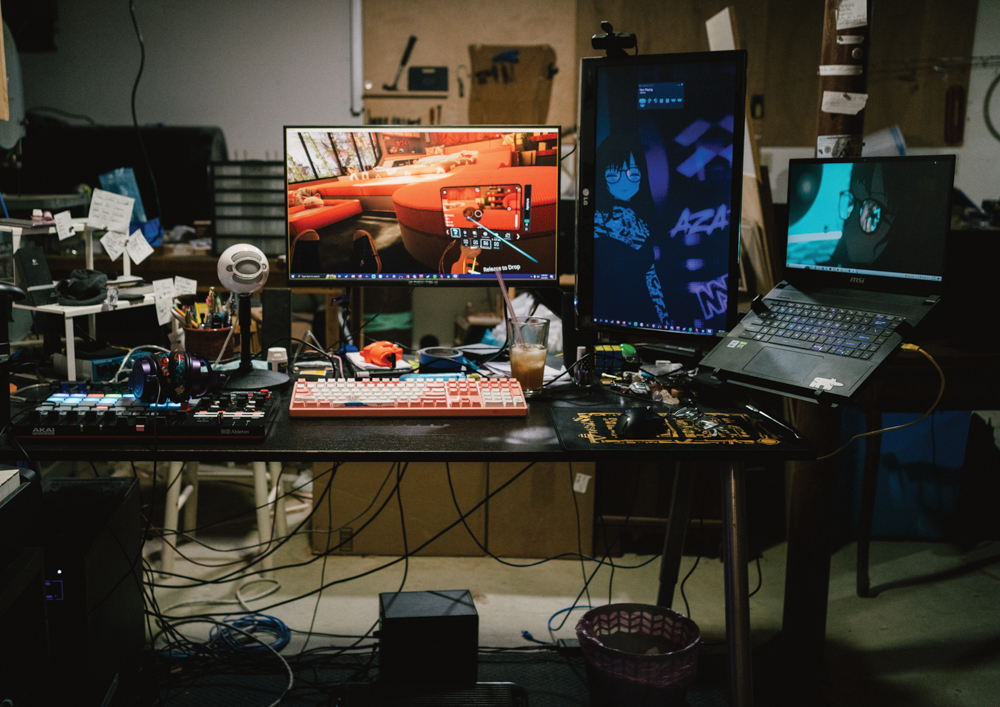
©Paola Chapdelaine, Behind the garage door sprawls a basement workshop filled with planks, half-made pieces of furniture, wires and tools… at the back of which is located Silent’s computer set up. Three monitors are placed side by side, the middle one turned vertically, specifically dedicated to her Discord chat. To the side of her desk is a vintage couch that she lies on to join Virtual Reality.
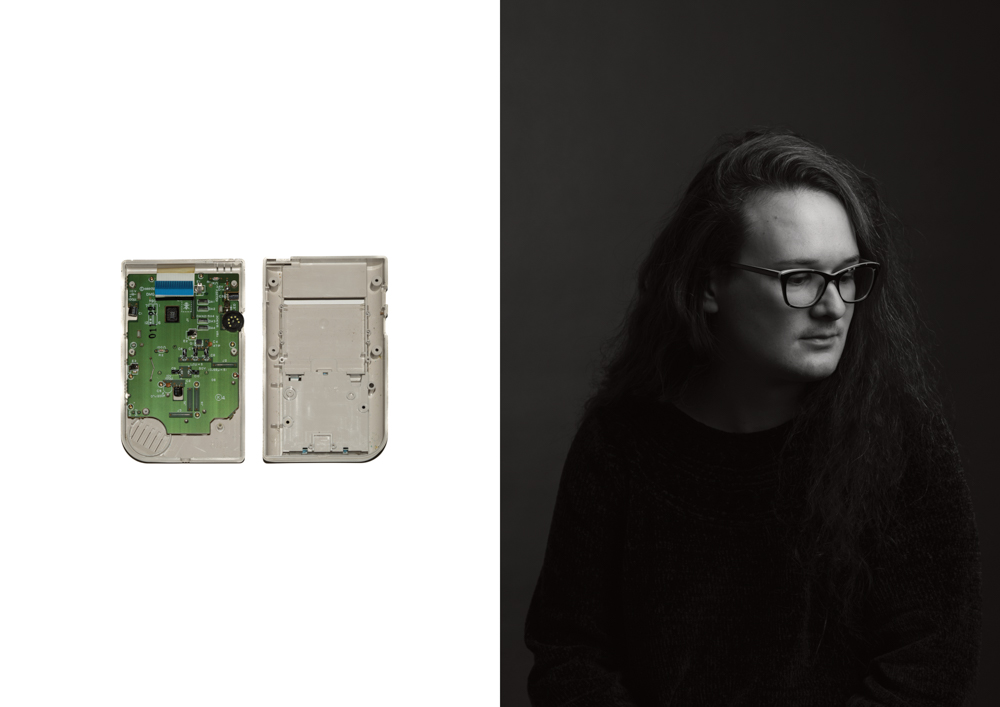
©Paola Chapdelaine, (Right) Portrait of Silent (Left) Disassembled game boy, Silent’s first digital device — which her brother now dismantles to create personalized music boxes. She comments “It’s like the incomplete inners of a Game Boy; there’s another circuit board that should be there, further playing into this concussion allegory. You have the display and the screen still attached, everything that would be seen, but the guts and the brains of the Game Boy are missing. Which, funny enough, how would anyone know but me?” Silent suffered a concussion in high school, which derailed much of her functioning for several years, until she found help through a neuro-feedback training program. The program re-taught her brain to control itself by measuring electrical waves through visual exercises. The many years that went untreated, Silent spent them gaming, web-diving, and playing the trumpet on tour with her high school band. These years were a prelude to her discovery of Virtual Reality, which — in her own words — saved her life
Hamidah Glasgow: You came to photography and photojournalism through a background in political science and urban development. Could you tell me more about that trajectory?
Paola Chapdelaine: What led me to photography was a combination of two things: (1) Studying in Bordeaux, in the South of France, I was strongly involved in plastic arts (painting, drawing, etc.) and at the time, had the physical space to do so in my apartment studio. But moving to Paris for my masters, I had to downsize drastically, and the options to continue working on large canvases were significantly reduced. (2) An internship in South Korea was the first trip on which I took a camera with me, and being mostly alone in the city, it allowed me to explore with a sense of purpose. At the time, I was transitioning from a bachelor in political science to a master’s in public policy applied to the large metropolis; so looking closely at how the city was built and inhabited felt intuitive. What was new was the way in which I was looking at it — with more of an artistic and compositional eye rather than a purely “academic” one. I came back with a number of pictures which, to this day, still resonate with the style I have developed over the years. This camera was actually stolen shortly upon my return, but the pictures were salvaged in low res from an old Tumblr blog (!) Eventually, I learned that street photography was a practice in and of itself — so I honed in on it during my free time. After working for 3 years in a consulting firm in the social housing sector (which coincided with my interest in urban public policy), this inner creative flame became louder and quite frankly, impossible to ignore. I felt like I had to try something new and take a risk. The pandemic gave it the final push. Photojournalism seemed to embody the best career path for me to combine: my will to understand the issues and tell the stories happening around me, with my impulse to photograph — and more largely, to create.
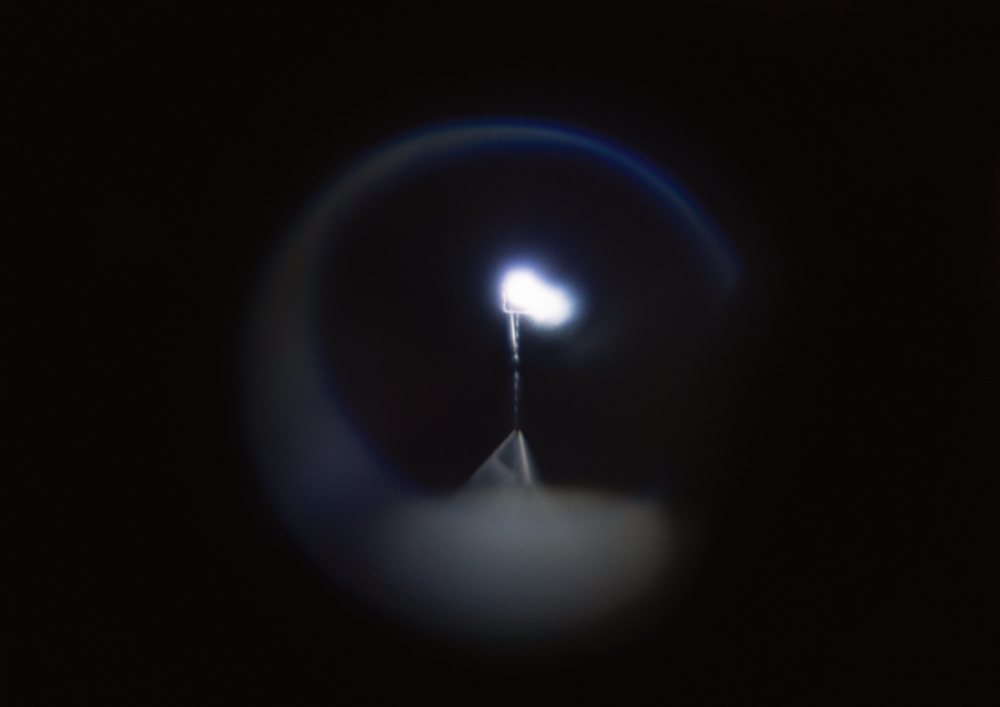
©Paola Chapdelaine, A light of Sanctum, the Virtual Reality club that Silent helps run, photographed through her VR headset.
HG: Your current project Silent Radar is a dive into your friends’ worlds. I understand the crux of the work to be about connection and belonging. Something we all desire and either cultivate or shun. Silent and Radar are making their way through life with connections to virtual reality as a significant part of their ways to connect. In their deepest desires, would they have it look differently?
PC: On one hand, there is the idea that VR quite simply allows a degree of connection and collaboration that is not possible in the real world (such as feeling physically close to many people that live in drastically different places). At the same time, taking a close look at the platform’s community, there is a widely shared acknowledgement that VR Chat offers what society itself isn’t able to provide — mostly, being a place with a much higher level of acceptance, whose spatial boundaries aren’t dictated by market dynamics and economic status. I re-interrogated Silent and Radar to make sure their opinions were accurately translated. Here are their answers:
Radar: “Of course I want things to look different – I want society as we know it to be completely centered around human-scale agriculture, art, connection, and meeting the needs of every being that lives on this planet. I view VR Chat as a response to our desire for a better world than the one we have, and a sense of agency in our own lives. We don’t get a lot of that agency in the real world.
Instead it’s dictated by landlords, and by laws we don’t make. Renters don’t own their own homes, we have little say in the car-based infrastructure that keeps us isolated and alone, no way to say ‘no’ to the introduction of new technology that makes life worse, and the mass destruction of our environment to accomplish these things. Nobody wants the world to be this way… but it’s not our call.
VR Chat worlds, our little simulation of our own little walkable city – we actually have agency here. We can make spaces that we don’t have the money and power to make in real life, and make them as niche as we want without worrying about how we’re going to make rent. We can be seen and acknowledged for who we are, in ways that society at large refuses to acknowledge. Our world may be virtual, but the physical world’s artificial constructs of money, race, gender, power, are significantly more limiting than anything we
could ever create here. VR Chat is not immune to these things, but it’s a sandbox where we can pretend for a moment, and I think that’s why people find it so therapeutic. My hope is that more and more people within VR will become aware that this glimpse of a better society is why they’re truly here – that at the deepest level, this is what we’re all truly getting out of it. I think it’s a reality that lives under the surface for everybody who frequents the space. This sense of freedom you feel here – it feels refreshing, because it’s a feeling society at large has denied you.”
Silent: “I don’t think I ever look at what is happening in the space and think of ways it would be “better”. My peers and I are constantly co-creating our experience with each other, as our group is in a co-creation sea that is the larger community. So in a sense it looks different every day; but the processes in which that is occurring, I can’t say I would have them any other way.”

©Paola Chapdelaine, (Right) Portrait of Radar, who’s VRChat avatar is a small mouse, and which was made based on a real-life outfit including a made’s dress and two furry ears. (Left) Radar’s compass. As an analog person, she doesn’t use a smart phone and thus relies on a compass to get around. She also uses an old CRT-monitor instead of VR headset, which makes her a VR desktop user.
HG: What will you be working on next?
PC: I recently started a new project (‘Oyster Odyssey’ is the working title), which intertwines the work of the Billion Oyster Project in the New York Harbor with the legacy of my grandfather’s oyster farming in the 1970s in France — quite a different topic! It looks at the environmental challenges that foreshadowed today’s climate change and biodiversity decline, and the key role of oysters in water and land resilience. Specifically, the advent of intensive agriculture in the 1960s led to the release of toxic nitrates into the water, and the Amoco Cadiz oil disaster of 1978 wiped out 6000 tons of oysters, 600 of which were on my grandfather’s farm. Today, oysters are acknowledged as a solution to fight the effects of environmental degradation (through effective water filtering and depollution) and climate change (by creating artificial reefs to protect coastlines from extreme whether events). But they are also at high risk given the acidification of oceans, due to the latter’s absorption of of our excess GHG emissions… In matter of climate change, the ocean is our first line of defense, an aspect that is often overlooked and misunderstood.
HG: Is there advice you would give to students just beginning their journey in photography? Something you wish you had known?
PC: First, what has always worked out for me so far, is to never wait for anyone to give you work. Self-motivation and your ability to go out with small personal assignments and goals, or to craft your own projects from the ground up, demonstrates your passion, drive and trustworthiness. Nobody will hire you if you haven’t proved beforehand that you could do it. The competiton is real, so proving your ability to be proactive and professional — even on a personal project — is to me the key. In short, make (and show!) what you want to be hired for. In connection to this, it is important to note that a good project or story does not require to travel far nor to find a seemingly extraordinary topic! A beautiful intimate visual story could be about your grandma’s bird-feeding routine… or your neighbor’s lifelong passion for Barbie dolls (even better if relevant!). Access is the number one key in a project, so start with a story with relatively easy access, and go from there.
Second, relationships are everything. Being aware of who the players are in the field, and finding ways to connect with them authentically, is a great exercise. I have an Instagram collection folder in which I save photo editors accounts (photojournalists usually thank and credit their editors in their post descriptions — read them!). I keep track of editors’ publications, look at what they assign, and create genuine connections with those whose work I resonate with (and which could be a good professional fit at some point). It’s a very long game, so patience and the willingness to create real, fulfilling relationships is crucial.
Third, don’t take failures or rejections personally: keep applying yourself and applying to opportunities — it teaches the requirements and standards of the industry. Stay abreast of what your peers do. The kinds of projects they work on, how they edit or craft a strong, tight series. Keep working — you think nobody notices, but they do. And perhaps even: reach out? You might be surprised! Do not underestimate how useful it is to create a community and network of people at your level, or just a few steps ahead who you can collaborate with and foster mutual support (as opposed to only admiring “big names” from afar). I have seen too many people playing it “personal” instead of acknowledging that the more collaborative we are… the more we as individuals, and the industry as a whole, thrive.
Finally, learn how to write about your work. This is one of the least acknowledged or talked about skill when it comes to photography (isn’t it about our images?). Being able to articulate what your work or project is about, in a way that feels engaging, relevant and
with a clear sense of how you are going about it, will help tremendously and set you apart. The common idea that great art speaks for itself is a misconception and a myth — especially when it comes to pitching or submitting work.
It’s hard, but the community is incredible and in constant evolution — putting energy towards belonging to it will pay without a doubt — in friendships, in opportunities, in professional growth… Win-win.
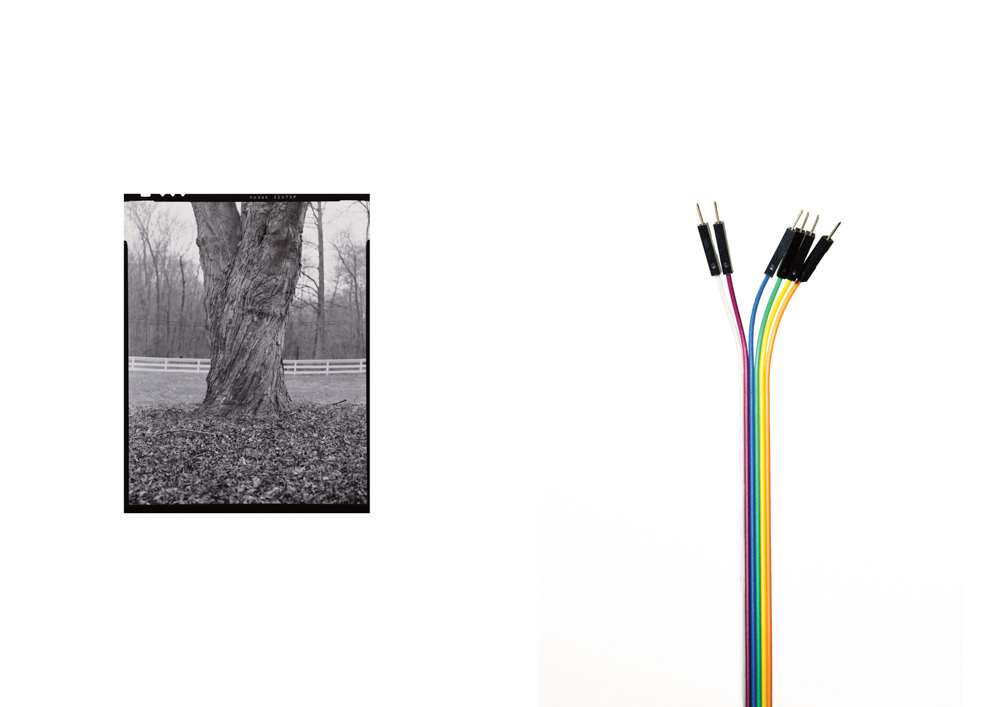
©Paola Chapdelaine, (Right) Close-up of the tree in Silent’s front yard. (Left) Cable from the basement in which Silent has set up her Virtual Reality station. The space is also used by her brother for electronic work and by her father as a wood workshop. These images speak to the duality of selves experienced by VR users. Virtual Reality has enabled Silent to explore multiple facets of her identity. She considers her avatar another version of herself. “I don’t have any disconnect from it, actually; I maybe have more of a connection to my avatar than I do to my physical self. That was the epitome of the person I wanted to become. I want to be there now all the time so I can be this person, especially to constantly relive the memory of me realizing who I was. My ‘VR self’ influences my ‘real self’ and vice-versa. I am fully integrated at this point,’ she says. “A lot of people will use VR to escape their reality and live a totally different one. I would like to see people fuse the two together more. There are so many trans women that are closeted.”
HG: Who have you been influenced by the most?
PC: In the earlier stages, street photography was mostly what I knew and looked at. Vivian Maier, Helen Levitt, Henri Cartier-Bresson were inspirations in their ability to create striking candid images with very little: a camera and their own courage to photograph others and the world around them.
As my knowledge of photography expanded, my interest got piqued by longer-term projects in which bright colors often helped convey humor and the irony around the human condition. To that extent, ‘Pictures from Home’ by Larry Sultan, ‘My fellow Americans’ by Jeff Jacobson or ‘Generation Wealth’ by Lauren Greenfield (not to be purely US-centric…) influenced my photographic vision, emphasizing the caricatural traits of modern society. However, the approach I took in ‘Silent Radar’ is in fact quite different from this side of my practice. This project represents a parallel phase in which I discovered conceptual documentary, using this academic year to step out of my (relatively newfound) comfort zone.
During that time, I got to know Debi Cornwall (who taught the ICP workshop “Necessary fictions”, eponym of her project which documents mock-village landscapes for realistic military training in the post-9/11 era) and Mackenzie Calle (a 2022 ICP alumn, known for her project “The Gay Space Agency”). Their approaches made me rethink the way I was looking at documentary photography: it felt freeing, intentional, more interpretive and in many ways, more thought-provoking than pure observation-based and reactive photographs. It came full circle when I received an important piece of advice during a bookmaking workshop, encouraging me to ”embrace the enigmatic quality of my images.” Today, I am working to combine these different aspects: remaining attentive to the spontaneous — often ironic, quirky — moments of life, while also crafting images and visual concepts that help deepen, or question, a given topic. Not an easy task, but surely an exciting challenge.
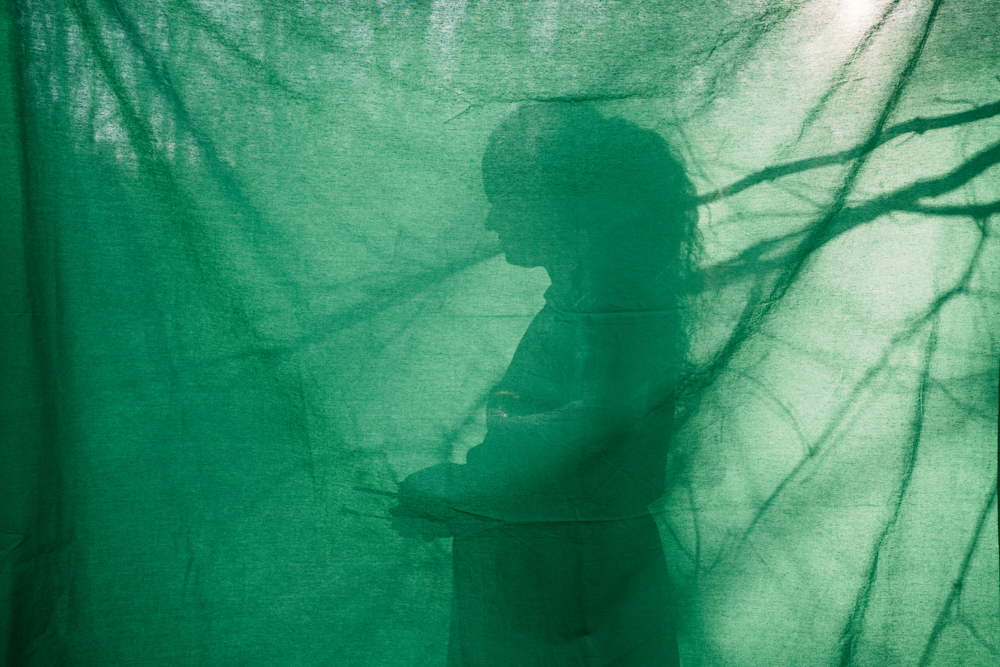
©Paola Chapdelaine, Portrait of Silent behind her green screen. As a Virtual Reality drone racing champion, she uses a green screen while competing online. Because she reveals herself on camera, those moments involve more beauty preparation, so she can feel more comfortable while competing in the Women’s Cup. Outside of simulator competitions, she also flies her real drone, and is portrayed holding he remote controller. Though she is among the top-200 fastest pilots worldwide, real-life drone racing has a steep cost barrier. In addition, the American drone-racing scene takes place mostly in the Midwest, where she feels a lot of fear related to being a trans woman taking part in these events.
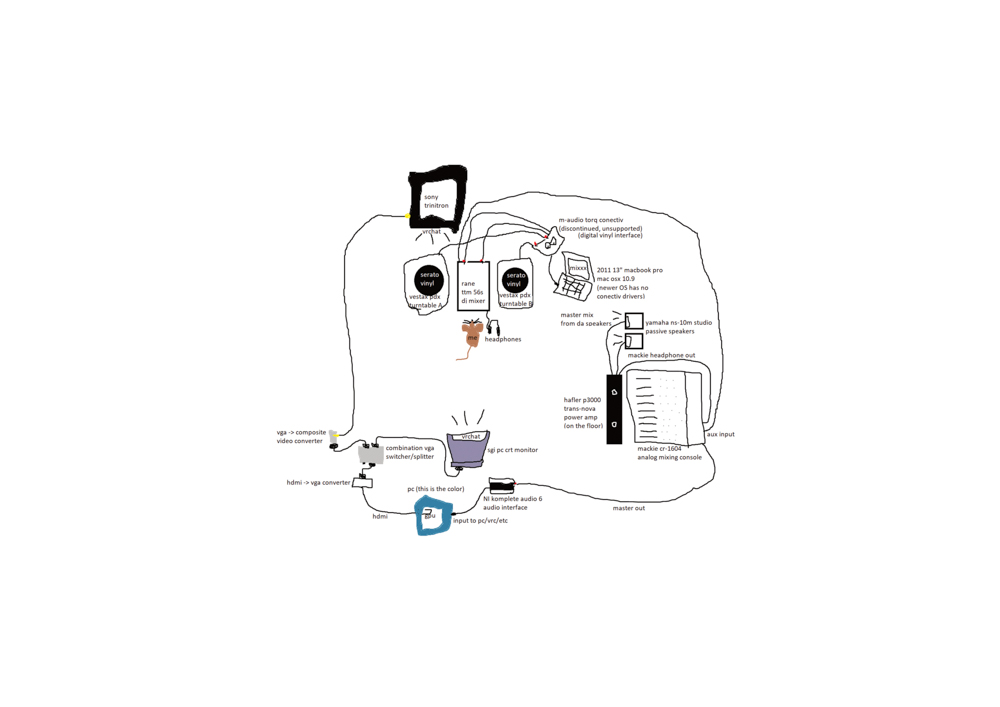
©Paola Chapdelaine, Sketch drawn digitally by Radar to connect her CRT monitor (on which she joins VRChat) to the TV that sits in front of her DJ set — in order to see the VR scene while she is playing. The mouse in the middle of the drawing represents her avatar.
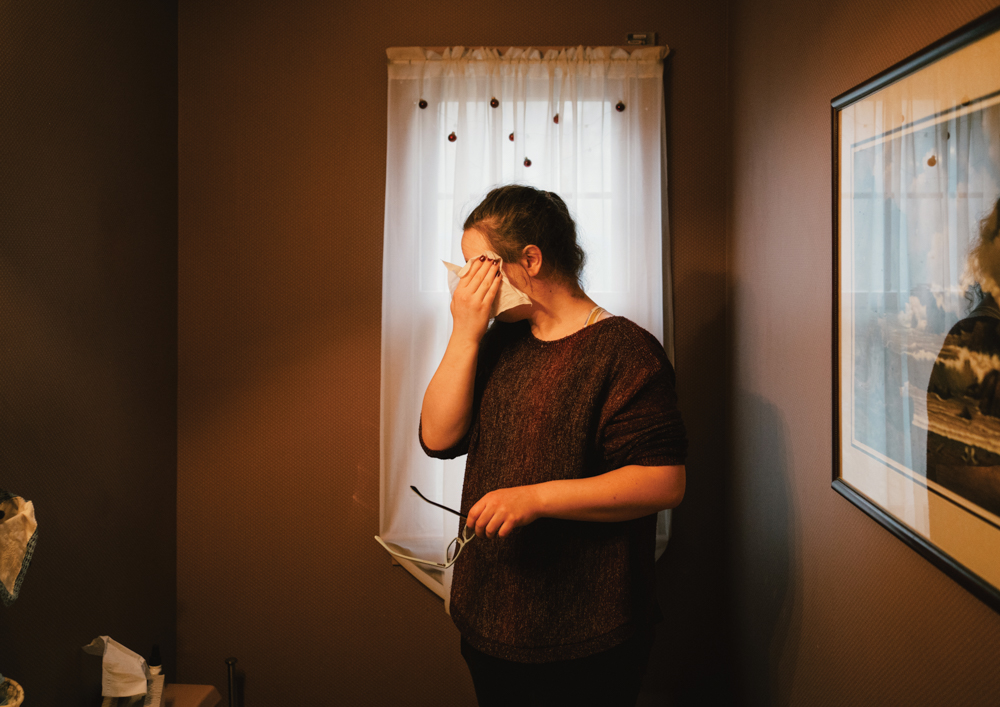
©Paola Chapdelaine, Silent getting ready to put on her headset. She started a more thorough hygiene ritual after she started spending most of her days in VR, as her skin started breaking out from wearing the headset.
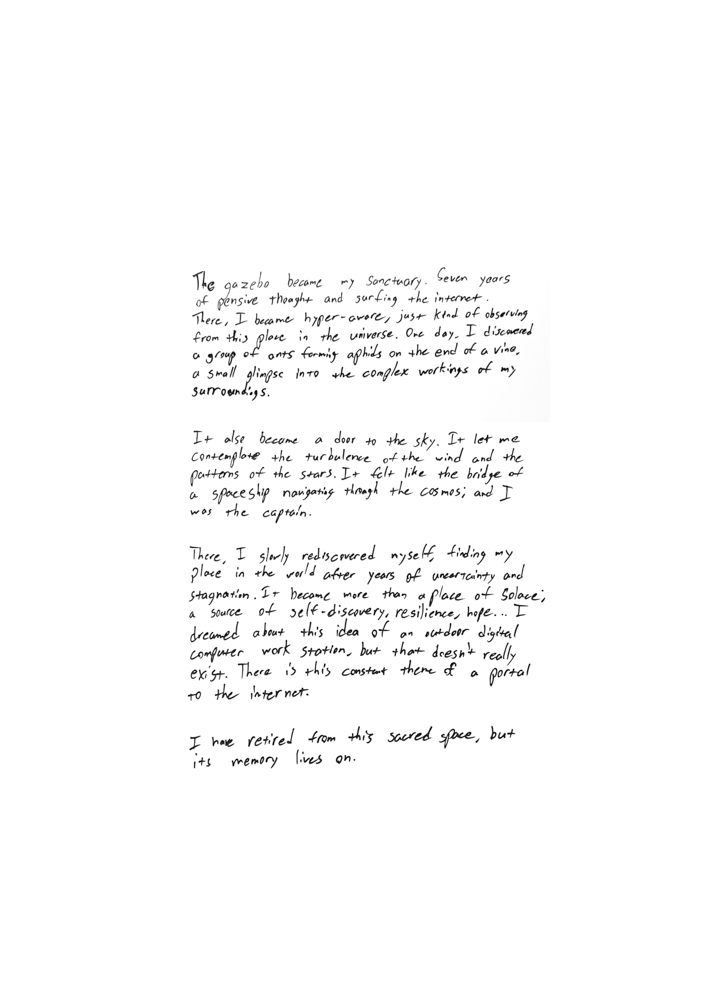
©Paola Chapdelaine, Reflection from Silent about the significance of the gazebo in her life. Text transcription: “The gazebo became my sanctuary. Seven years of pensive thought and surfing the internet. There, I became hyper-aware, just kind of observing from this place in the universe. One day, I discovered a group of ants farming aphids on the end of a vine, a small glimpse into the complex workings of my surroundings. It also provided a door to the sky. It let me contemplate the turbulence of the wind and the patterns of the stars. It felt like the deck of a spaceship navigating through the cosmos; and I was the captain. There, I slowly rediscovered myself, finding my place in the world after years of uncertainty and stagnation. It became more than a place of solace; a source of self-discovery, resilience, hope… I dreamed about this idea of an outdoor computer equipment, but that doesn’t really exist. There is this constant theme of a portal to the internet. I’ve retired from this sacred space, but its memory lives on.”
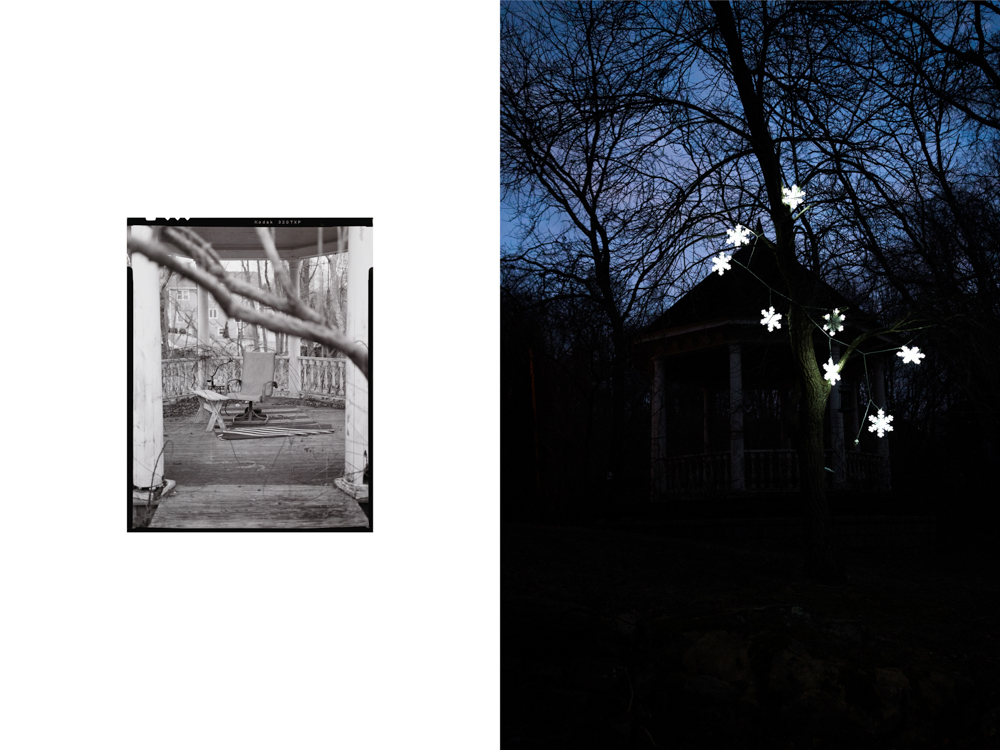
©Paola Chapdelaine, (Left) The gazebo outside of Silent’s house, in which she spent seven years in a contemplative state after suffering a concussion in high-school, episode which initiated her journey into the digital world. The phone holder directed towards the chair let her spend hours at times diving and exploring the internet. Finding Virtual Reality in 2020 allowed her to explore her identity through multiple selves, and has led her to realize she was transgender. (Right) The The gazebo at night.
Posts on Lenscratch may not be reproduced without the permission of the Lenscratch staff and the photographer.
Recommended
-
The 2023 Lenscratch Student Prize Honorable Mention Winner: Tristan SheldonJuly 30th, 2023
-
The 2023 Lenscratch Student Prize Honorable Mention Winner: Hannah NigroJuly 29th, 2023
-
The 2023 Lenscratch Student Prize Honorable Mention Winner: Elena Bulet i LlopisJuly 28th, 2023
-
The 2023 Lenscratch Student Prize Honorable Mention Winner: Paola ChapdelaineJuly 27th, 2023
-
The 2023 3rd Place Lenscratch Student Prize Winner: Anna RottyJuly 26th, 2023

